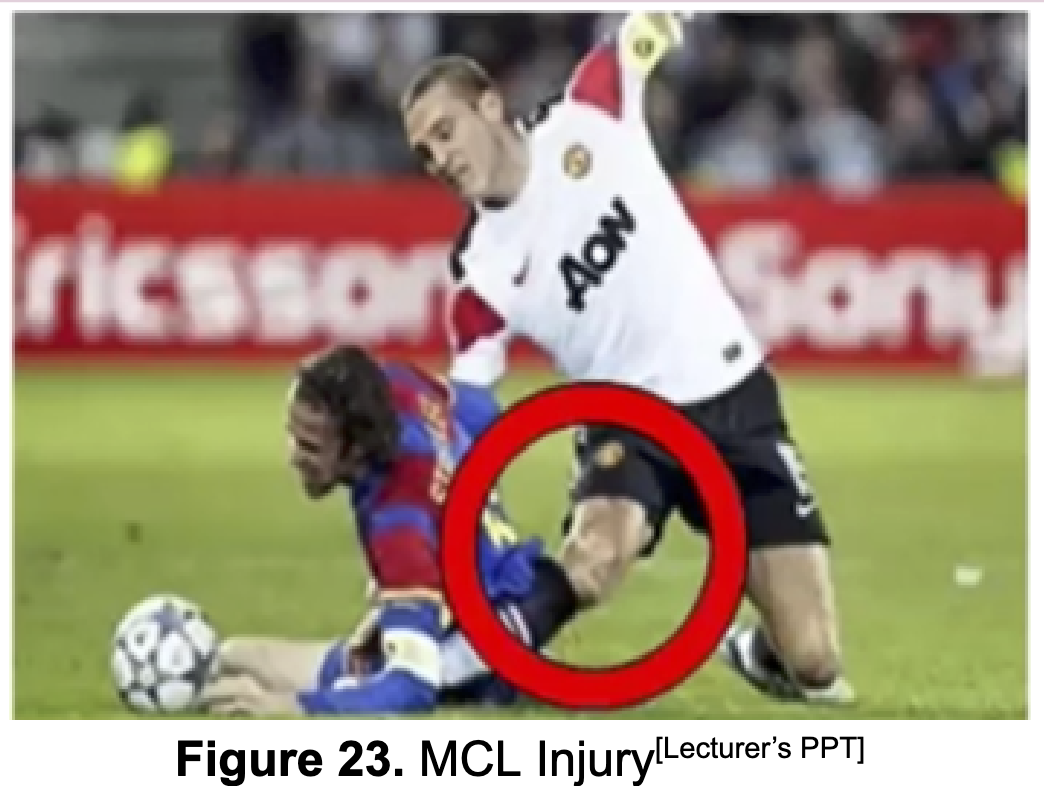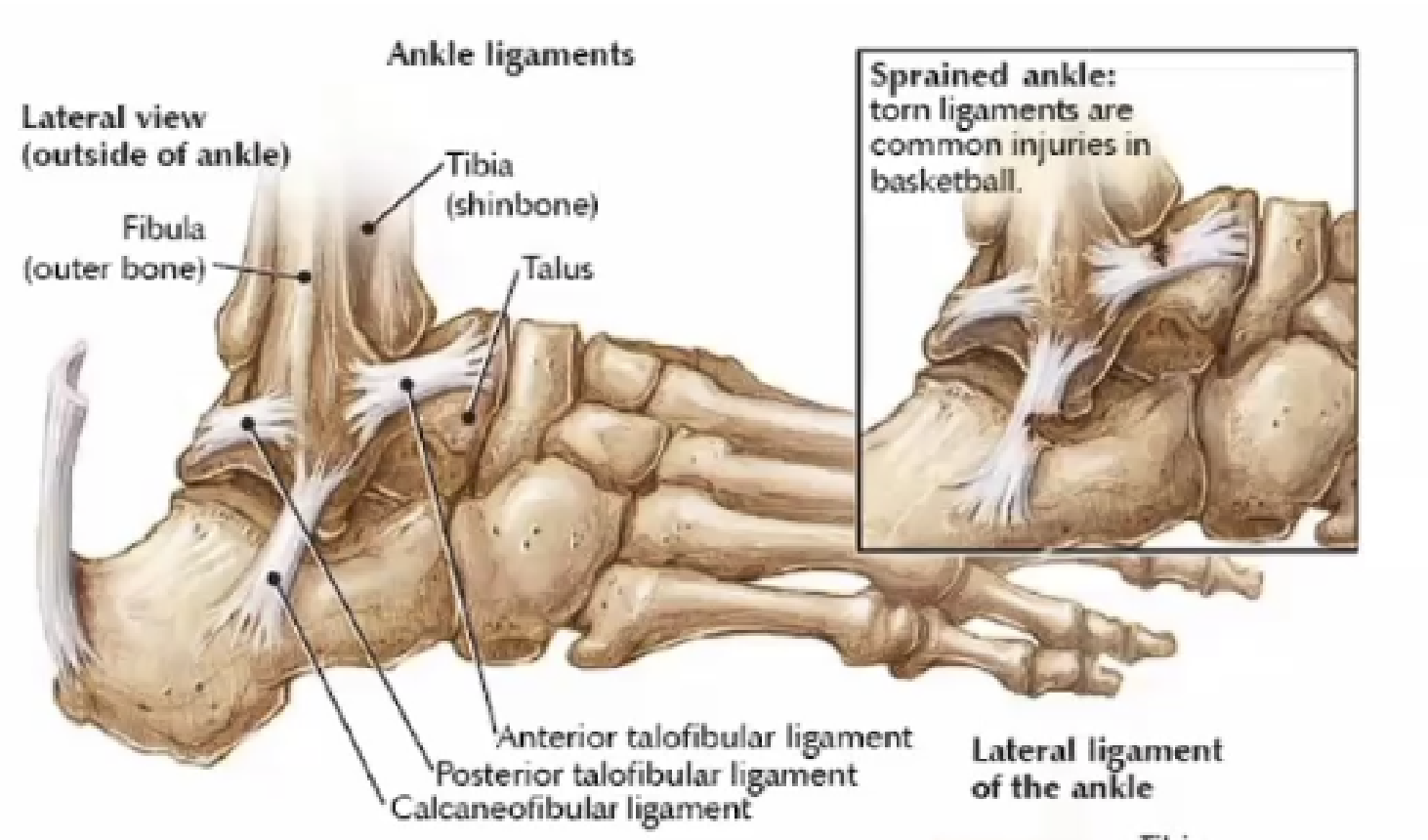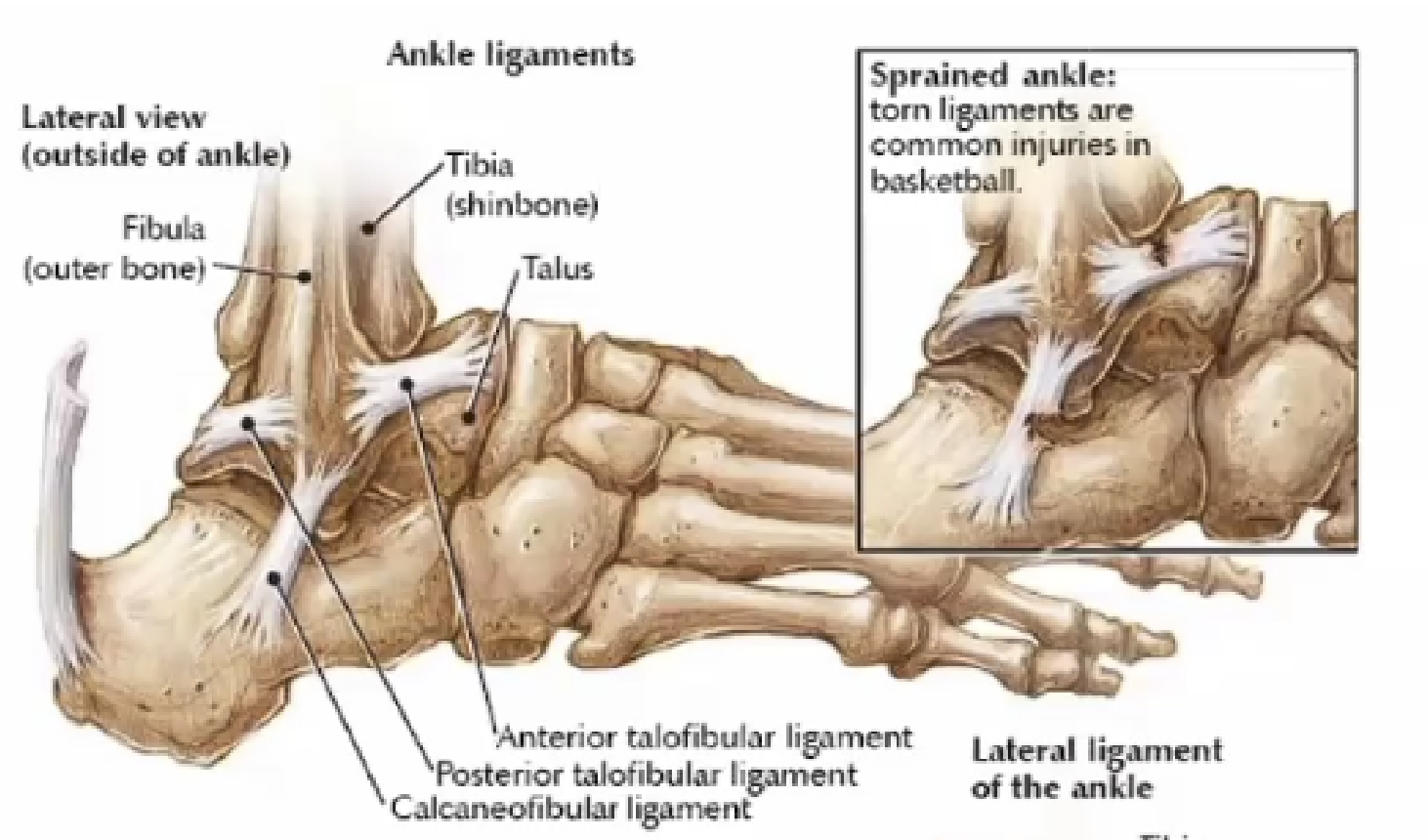(Medj Complete) ANA LE2 - Clinical Correlations of LL
1/26
Earn XP
Description and Tags
Based on 2027 trans
Name | Mastery | Learn | Test | Matching | Spaced |
|---|
No study sessions yet.
27 Terms
Fractures are the most common injury in the:
Toe
Lower leg
Toe :)
Most amputations and Avulsions involve the
Toe
Leg
Toe :)
T or F? Sprains involve muscle/tendons.
False
SPRAIN = Ligament
Strains involve?
Muscles/tendons.
“Strained Muscles”
What is a contusion?
discoloration caused by rupture of small blood vessels that leak into tissues
Bruise
What do you call the forcible tearing or detachment of tissues from the body?
AVULSION
What is the most common cause of Lower Back Pain?
Lumbar Strain
Treatment for Lower Back Pain?
NSAIDs
RICE (Rest, Ice,Compress,Elevate)
Core strengthening
Physical Therapy
Lower back pain would usually show what radiograph results?
Normal
Lumbar straightening
T or F? The Pelvic ring is HIGHLY stable and distruption of this would require high energy impact.
True
Trochanteric Bursitis usually present with:
(medial/lateral) hip pain
Trochanteric bursitis
LATERAL hip pain
Commonly fractured area of the Femur?
FEMORAL NECK
Patellofemoral pain syndrome/ Runner’s knee/ Chondromalacia patellae is pain felt __ (location).
behind or next to the the knee cap
“Noisy knees” are not linked to pain and are due to ?
Gas forming and bubbles bursting.
Patellofemoral pain syndrome/ Runner’s knee/ Chondromalacia patellae can be tested using the?
Patellar Grind Test
Put pressure above the knee cap, grinding it on the trochlear groove.
If pain is elicited, the test is positive.
ITB friction syndrome is felt on the (medial or lateral) side of the knee.
LATERAL HUY
***** Which ligament of the knee is the MOST INJURED?
MEDIAL COLLATERAL LIGAMENT!

MCL injury is often diagnosed by observing _ valgus laxity upon physical exam.
Increased Valgus Laxity
ACL injury is more common in?
MCL injury is more common in?
ACL injury is more common in - females
MCL injury is more common in - Males
A blow on the lateral aspect of the knee would usually result in _CL injury
ACL
Which meniscus is more commonly injured?
MEDIAL MENISCUS
Patellar disclocation is due to the distruption of the _ligament?
Medial Patellofemoral Ligament
Which head of the gastrocnemius is more commonly injured during Pulled Calf?
Medial head
What is the most commonly involved ligament in low ankle sprains, plantar flexion and inversionn?
ANTERIOR TALO-FIBULAR ligament

What is the 2ndly most common ligament injury in lateral ankle sprains?
CALCANEOFIBULAR ligament

The ____ are simple guidelines to decide if a person with an ankle or foot injury needs an X-ray.
Ottawa ankle rules
What are the Indications for radiographs with an ankle injury?
→ inability to bear weight
→ medial or lateral malleolus point tenderness
→ 5MT base tenderness (Jones Fracture)
→ navicular tenderness